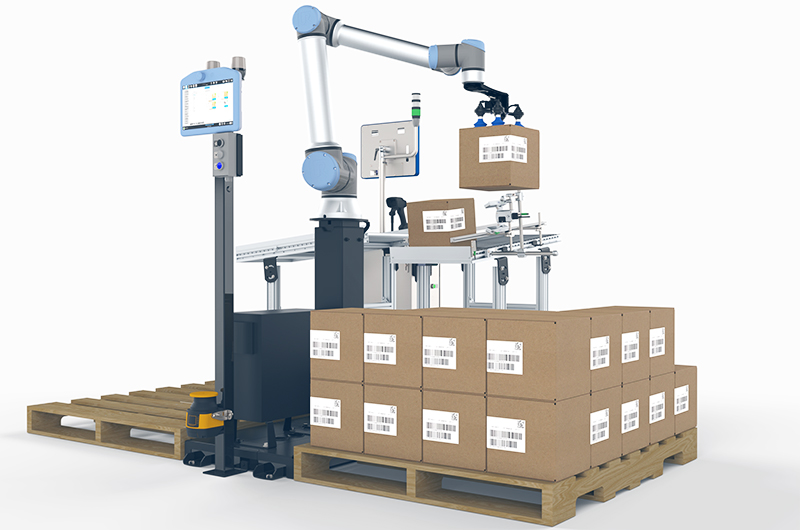AUTOMATE. AUTOMATE. AUTOMATE
Many sectors have already begun transitioning towards automation and Industry 4.0 for production. However, the pharmaceutical industry’s hesitance in adopting automation, though understandable, needs re-evaluation. There are indeed high stakes involved, where regulated precision and real-time accuracy are paramount. But with the labour shortages and increasing regulatory pressures, maintaining the same legacy operations will no longer cut it. A more modern approach to supply chain management is a must—and automated solutions promise the unmatched efficiency and quality that pharmaceutical businesses need.
Supply chain automation represents several advantages. For one, robotic process automation means that staff on hand can be upskilled or assigned to more value-added tasks. Robots and cobots can accelerate throughput for more timely deliveries. In addition, automated solutions can significantly reduce human errors, ensuring unwavering product quality, minimizing product recalls, and safeguarding the general population—all of which can have far-reaching financial, legal and brand-reputation implications.
In addition to the tangible benefits of improved efficiency and pinpoint accuracy, the financial advantages of automated solutions are compelling. They offer an accelerated return on investment and equip companies to produce more with less, a necessity in today’s constrained labour market due to skyrocketing recruitment costs as well as the expenses associated with salaries, benefits, workplace integration, and training. And who says a company will have to start the process all over again when employees resign?





